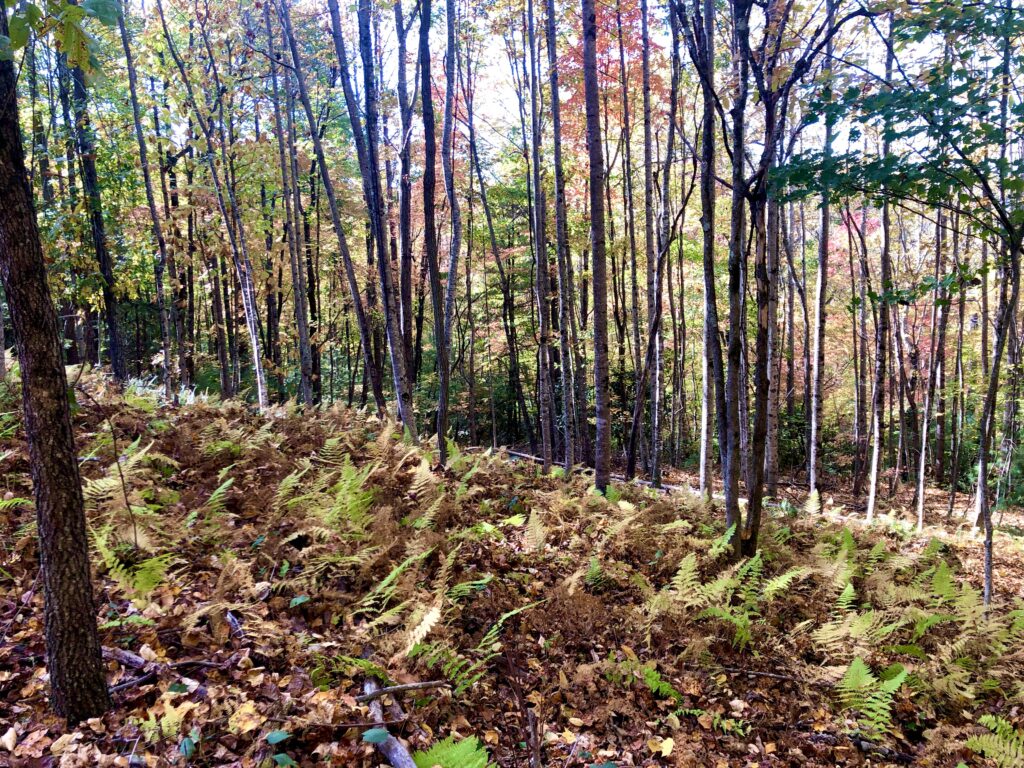Wildlife Alert – Tiny Creatures in Your Backyard
go.ncsu.edu/readext?998635
en Español / em Português
El inglés es el idioma de control de esta página. En la medida en que haya algún conflicto entre la traducción al inglés y la traducción, el inglés prevalece.
Al hacer clic en el enlace de traducción se activa un servicio de traducción gratuito para convertir la página al español. Al igual que con cualquier traducción por Internet, la conversión no es sensible al contexto y puede que no traduzca el texto en su significado original. NC State Extension no garantiza la exactitud del texto traducido. Por favor, tenga en cuenta que algunas aplicaciones y/o servicios pueden no funcionar como se espera cuando se traducen.
Português
Inglês é o idioma de controle desta página. Na medida que haja algum conflito entre o texto original em Inglês e a tradução, o Inglês prevalece.
Ao clicar no link de tradução, um serviço gratuito de tradução será ativado para converter a página para o Português. Como em qualquer tradução pela internet, a conversão não é sensivel ao contexto e pode não ocorrer a tradução para o significado orginal. O serviço de Extensão da Carolina do Norte (NC State Extension) não garante a exatidão do texto traduzido. Por favor, observe que algumas funções ou serviços podem não funcionar como esperado após a tradução.
English
English is the controlling language of this page. To the extent there is any conflict between the English text and the translation, English controls.
Clicking on the translation link activates a free translation service to convert the page to Spanish. As with any Internet translation, the conversion is not context-sensitive and may not translate the text to its original meaning. NC State Extension does not guarantee the accuracy of the translated text. Please note that some applications and/or services may not function as expected when translated.
Collapse ▲ Most people know that our home landscapes can be wildlife habitat. Most people are familiar with the more charismatic wildlife in our area such as bear, deer, turkey, white squirrels and even groundhogs. However, most people do not realize the incredible tiny wildlife we may have in our landscapes. Nor do they realize how harmful some of our landscaping practices can be to these delicate creatures.
Most people know that our home landscapes can be wildlife habitat. Most people are familiar with the more charismatic wildlife in our area such as bear, deer, turkey, white squirrels and even groundhogs. However, most people do not realize the incredible tiny wildlife we may have in our landscapes. Nor do they realize how harmful some of our landscaping practices can be to these delicate creatures.
Tiny Wildlife In Your Backyard

Image SREL Herpetology
Creatures such as salamanders, lizards, box turtles, caterpillars, fireflies, beetles, etc. live in the leaf litter on our forest floors. Trees drop leaves each year building up a thick layer of rich organic matter on forest floors. This ‘duff’ layer is home to many creatures living out their lives protected by the moist leaf litter. Turtles of the High Country is a great article about the several species of turtles in WNC.

One of the easiest things you can do to make your landscape more environmentally friendly is to leave the leaves each fall. Many kinds of insects, amphibians, reptiles, birds and mammals depend on the fallen leaves and seeds for shelter, food and habitat.
In fact, Henderson County is home to the unusual and rare blue ghost firefly. Blue ghost fireflies appear in our area for just two weeks or so each year. Blue ghost firefly males glow just over the ground looking like so many fairies dancing through the night. This unique display occurs from the beginning to the end of May as the male blue ghosts use their unique bluish white luminescence to attract a mate. Leaf litter is critical to this species because the female blue ghost firefly is wingless and lives in the leaf litter on the forest floor.
Protecting Tiny Wildlife In Your Backyard
How can you protect the diminutive creatures in your backyard? Start by doing less mowing and blowing.
- Keep existing woodlands intact and DO NOT CLEAR THE LEAVES OFF OF THE FORST FLOOR!
- Plant native trees and shrubs to form woodlands.
- Retain your leaves in the fall allowing them to accumulate year after year.
- Reduce activities in sensitive areas such as wetlands and stream sides.
- Maintain a 30′ buffer around streams.
- Allow a portion of the landscape to revert a native state.




